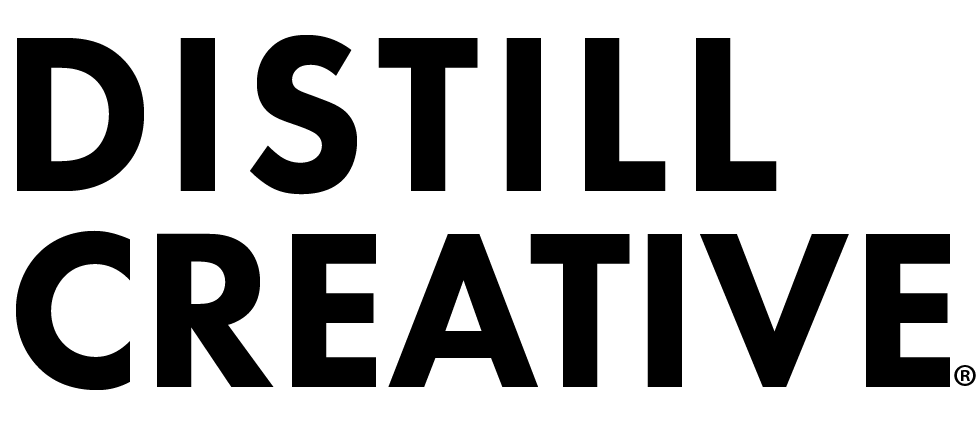Art with baby: Guadalupe Maravilla at the Brooklyn Museum
“I create new mythologies that take the form of real and fictionalized rituals based on my own lived experiences,” says Guadalupe Maravilla via MOMA.
I live in NYC for many reasons, but one of them is that I am an artist and it is important for me to see art regularly in a variety of settings. I love that I can jump on the subway and see the artwork at the Met, check out a public artwork in a park, and stumble upon a gallery all in one day. When I lived in the the Lower East Side I would regularly view art at small galleries and it always gave me inspiration, but because my apartment was so small and I didn’t have a studio at the time, it also sometimes left me frustrated.
Now that I live in Brooklyn, I have much more space and a home studio where I make my artwork. I also have a baby. This makes a trip to the Met less enticing because it requires a subway, a stroller, snacks, and my giant water bottle (I’m breastfeeding). I haven’t been to the Met with baby yet, but I have been to see art many times in Manhattan and Brooklyn with my baby and it has been awesome.
My aunt was visiting recently and we took baby to see Guadalupe Maravilla: Tierra Blanca Joven at the Brooklyn Museum. The show is on until September 18, 2022 and it is stroller accessible. We got into the museum without a hitch, but as soon as we entered the gallery room my baby started screaming. I tried not to freak out, she’s only recently started screaming with me, and we went back out into the entry area. Thankfully, there are many places to sit and I was able to comfortably breastfeed and get baby calm. Soon we were back in the gallery, me wearing the baby, my aunt pushing the stroller.
What I like about Maravilla’s work is his ability to create artwork that is rooted both in his own personal experiences—in this show he draws on his recovery from cancer, and his ancestral lineage and historic events. He references the eruption of the Tierra Blanca Joven volcano that forced the Mayan people to flee from their land when ash was deposited over the region. Maravilla himself migrated as a result of the 1979-92 civil war in El Salvador. His sculptures are unnerving. Their construction is very primal, using common and organic materials and even sound, but they look like alien creatures. He uses his own experience and research to create objects that are uniquely related to his perspective. For the viewer, it isn’t obvious that the work is rooted in research or any particular experience, but the work makes me feel uncomfortable and curious to learn more about it.
The show felt comforting in both the production and the addition of the Healing Room. Maravilla often collaborates with other artists to create or produce the artwork, for example he collaborated with retablo painter Daniel Vilchis for many of his paintings. In addition to the artwork, there is a Healing Room created by the museum’s work-study staff led by Lindsay C. Harris, which gives visitors a physical space to relax, read, draw, and just be.
We left the show with more questions than answers. I’m learning how and what it means to raise a child with the same culture and care that my parents and grandparents raised me, while blending with my husband and his family’s histories. I’m dealing with my own health issues and my own community activism, while trying to also relax and make art. I’ll keep going to shows with my baby and working on what I can while I’m in this funny phase of life.







